History of the Fijian Language
When the earliest inhabitants of Fiji arrived 3500 years ago, they brought with them the language of the homeland they had set sail from – an island in Vanuatu, or possibly the Solomon Islands (but certainly not Africa!)
That original “Fijian language” has changed and splintered over the years into a multitude of different ‘communalects’ now numbering more than 300. This is because language divides naturally as people spread out, and there may have been some additional input from more recent immigrants from other islands lying to the west.
The Fijian ‘communalects’ belong to the enormous Austronesian language family, which means they are related to thousands of other languages spanning the globe from Malagasy in the west to Rapanui (Easter Island) in the east, from Aotearoa (New Zealand) in the south to Hawai’i and Taiwan in the north. The family includes such important national languages as Tagalog (Philippines) and Malay. After Fiji had been settled, the flow of population continued north and east. The languages of Polynesia (such as Māori, Tahitian, Tongan, Samoan and Hawaiian), the language of the tiny island of Rotuma to the north of Fiji, and of course their speakers, all originated in Fiji more than 3000 years ago.
The early missionaries had a keen appreciation of the importance of using local language in their work, and by 1840 had already devised an excellent spelling system for Fijian as well as published a number of books in different ‘communalects’. When the need for a standard language became apparent, they selected the language of Bau, the tiny island off the south-east coast of Viti Levu which was, and in some ways still is, the seat of the major power in Fijian politics.
Nowadays the spoken Fijian of the towns and the Fijian used in books and newspapers are both known as ‘Bauan’, even though neither is quite the same as the language of the island of Bau.

While many of its Pacific relatives, such as Hawaiian and Māori, have been struggling for survival, Fijian has never been in serious danger of extinction, even though it was ignored for a long time in schools. The vast majority of Fijians have always used it as their everyday language, and most Indians understand at least some. In rural communities like Levuka, Taveuni and Savusavu, the Indians all speak Fijian fluently. In general, however, English is the lingua franca in Fiji.
Since independence in 1970, Fijian has also been increasingly used on the radio, in books and newspapers, and in the schools. To ensure that future evolution of the language has a sound base, the government has set up a department to research the Fijian language. The department’s first major task is to compile a dictionary of Fijian for Fijians, with all definitions and other information in Fijian, which when completed will be one of the first of its kind in the Pacific.
Saying it in Fijian–Learning Fijian
Fijian spelling will come as a surprise to visitors because it uses some familiar letters in an unfamiliar way. Upon arriving in Fiji, you will soon realize that ‘Nadi’ is pronounced ‘Nandi’ (rhyming with “non-dee”). As linguist Albert Schutz in his very fine primer Say It In Fijian explains, the reason for this alphabet system was ‘due neither to any perversity on the part of the first linguists, nor to chance’. Instead, David Cargill, the missionary who devised the alphabet especially for Fijian students learning to read, found that they considered it simple and satisfying.
The result of Cargill’s work is a spelling system that is economical and, more importantly, regular. This second quality is extremely significant to the learner of Fijian because it means there is a good chance the student will pronounce the words correctly when he or she reads them. Contrast this system with the
English language, which is riddled with exceptions.
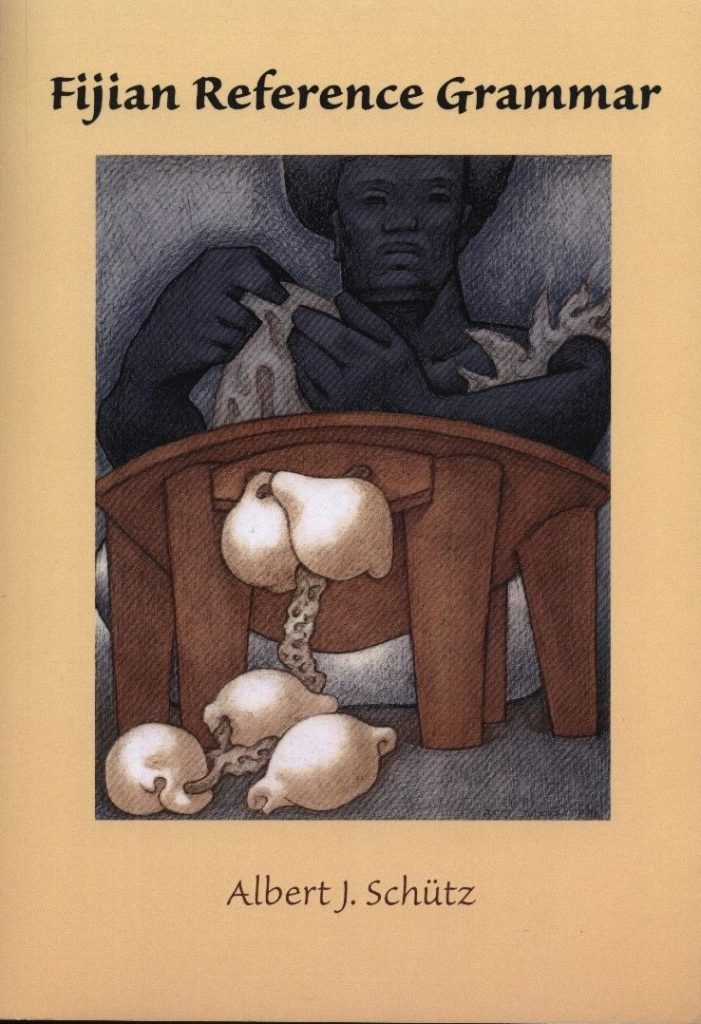
Fijian Reference Grammar had its beginnings at a conference at the University of the South Pacific in Suva in 1971. The sponsorship by the movie and television actor Raymond Burr began with this meeting and lasted through the training period for two Fijians at the University of Hawai‘i at Mānoa and the first few years of actual work at the Fijian Dictionary Project in Suva.
At this conference, the mainly Fijian majority voted for a monolingual dictionary—that is, Fijian words defined in Fijian without an English bridge to understanding. Also, I was chosen to be Director, a position I held until about the end of that decade, when I suggested that Tevita R. Nawadra, the Editor, should take over. The next Director was one of the staff, Paul Geraghty, who had trained in linguistics at Cambridge and Hawai‘i, and had native-speaker command of Fijian, as well as a broad knowledge of many of the other languages/dialects of the area.
In addition to helping with the grammatical organization of the dictionary, I wanted to write a new grammar that would mesh with some of the features of the dictionary. The main reason was that none of the three major twentieth-century works—from 1941, 1956, and 1962—was adequate as a reference grammar. The project office was the ideal place to study Fijian grammar: four native speakers worked there, as well as Geraghty, who had a growing knowledge of local languages in addition to his linguistic training. Among the many benefits of working there was the ease of conferring with the staff or conducting informal tests for language use. For example, one of these asked the question: “How many people are actually included when speakers use the trial (3) pronouns?” (To find the answer, use the index in Fijian Reference Grammar!)
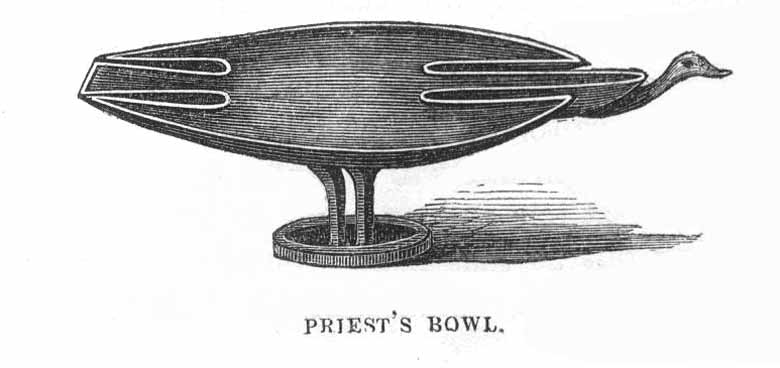
Another advantage was the growing body of file slips showing vocabulary and usage. In addition to transcribing spoken data, the staff combed through printed material—notably from the two Fijian-language newspapers still being published. Obviously the 1941 dictionary (a hastily updated edition of Hazlewood’s 1850 work) was short on borrowed words. The additions found were vital, not only for a dictionary that reflected current usage, but also for an extensive study I did (1978) on the changes involved in adapting an English word to fit Fijian patterns.
The result of my side of this partnership was The Fijian Language, published in 1985—some 700 letter-sized pages printed with dot-matrix type, the state of the art then. After this work became out of print, I revised it, now working with advanced computer and printing techniques. Amazon’s CreateSpace was the vehicle for the print-on-demand end product. So that the book could be kept to a manageable size (500 8 x 10 pages), I deleted from the 1985 edition the historical chapters and the appendix (an annotated reproduction of twenty pre-missionary word lists), which—with some changes and additions—will appear as Discovering Fijian: Early Impressions from Explorers, Traders, and Missionaries. (Six chapters of this work are featured on this website).
- Captain Cook collects vocabulary in Fiji
- Explorers and Missionaries encounter Fijian
- Explorers, traders and missionaries–the first philologists
- Making the Fijian Alphabet
- Origin of the word “Fiji”
- Say it in Fijian
- The Interpreters
- Useful Fijian Words and Phrases
About the Author
 The late Albert J. Schütz was Professor Emeritus of Linguistics, University of Hawai‘i at Mānoa and had been engaged in Fijian language research since 1960. His first fieldwork, for a dialect geography, involved collecting and analyzing data from 105 villages. In 1971 he was appointed Director of a monolingual dictionary project in Suva, a position he held until 1979. With the help and advice of the dictionary staff, he continued to work on a grammar, The Fijian language, the predecessor to the present work. Dr. Schütz had published 40 books, monographs, articles, and reviews dealing with the Fijian language, its history, phonology, grammar, and dialects. He developed materials for workshops and, along with Rusiate T. Komaitai, language materials for the Peace Corps. He will be missed.
The late Albert J. Schütz was Professor Emeritus of Linguistics, University of Hawai‘i at Mānoa and had been engaged in Fijian language research since 1960. His first fieldwork, for a dialect geography, involved collecting and analyzing data from 105 villages. In 1971 he was appointed Director of a monolingual dictionary project in Suva, a position he held until 1979. With the help and advice of the dictionary staff, he continued to work on a grammar, The Fijian language, the predecessor to the present work. Dr. Schütz had published 40 books, monographs, articles, and reviews dealing with the Fijian language, its history, phonology, grammar, and dialects. He developed materials for workshops and, along with Rusiate T. Komaitai, language materials for the Peace Corps. He will be missed.
©2022 Dr. Albert J. Schütz




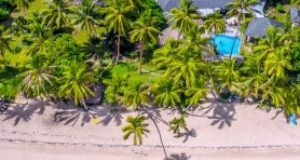
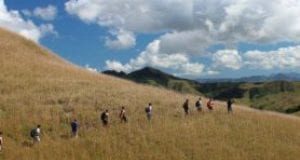



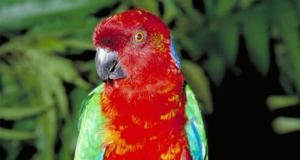


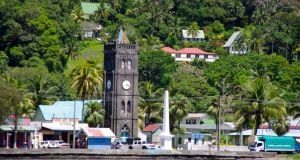



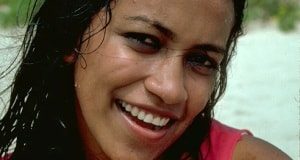






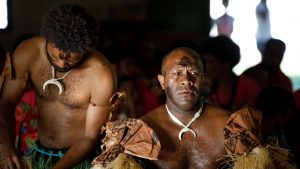
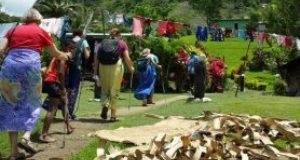

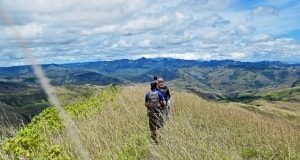









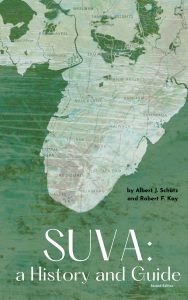
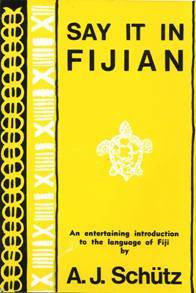

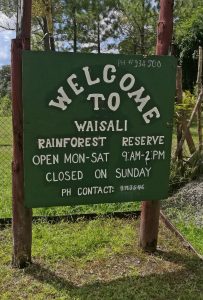
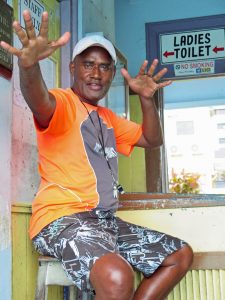
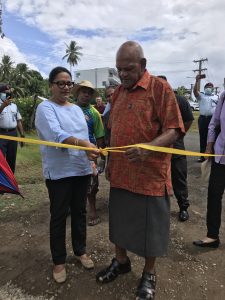


Leave a reply